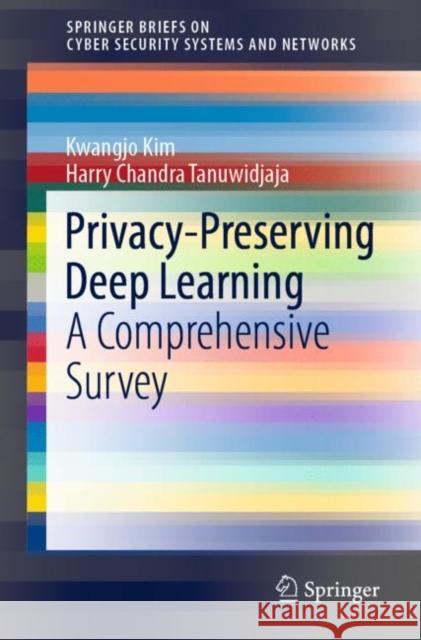Privacy-Preserving Deep Learning: A Comprehensive Survey » książka
topmenu
Privacy-Preserving Deep Learning: A Comprehensive Survey
ISBN-13: 9789811637636 / Angielski / Miękka / 2021 / 74 str.
Kategorie:
Kategorie BISAC:
Wydawca:
Springer
Seria wydawnicza:
Język:
Angielski
ISBN-13:
9789811637636
Rok wydania:
2021
Wydanie:
2021
Numer serii:
000826847
Ilość stron:
74
Waga:
0.14 kg
Wymiary:
23.39 x 15.6 x 0.48
Oprawa:
Miękka
Wolumenów:
01
Dodatkowe informacje:
Wydanie ilustrowane











